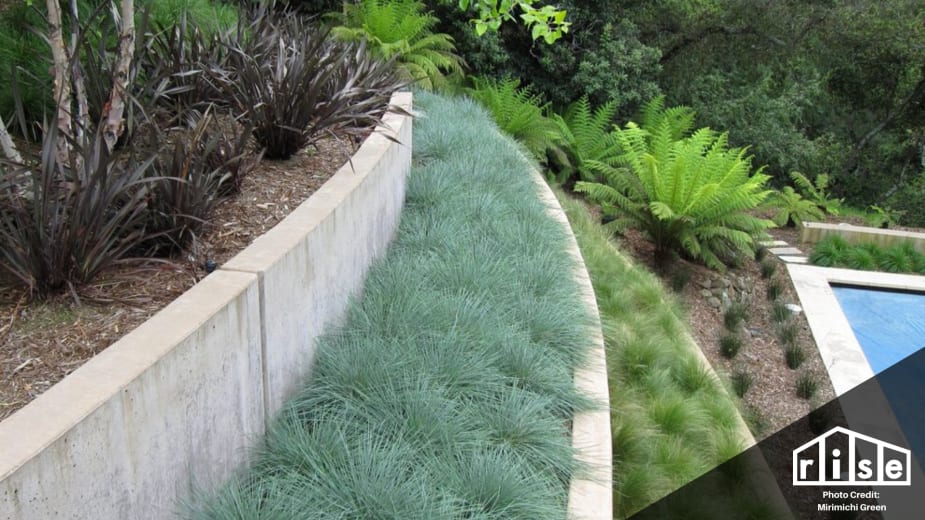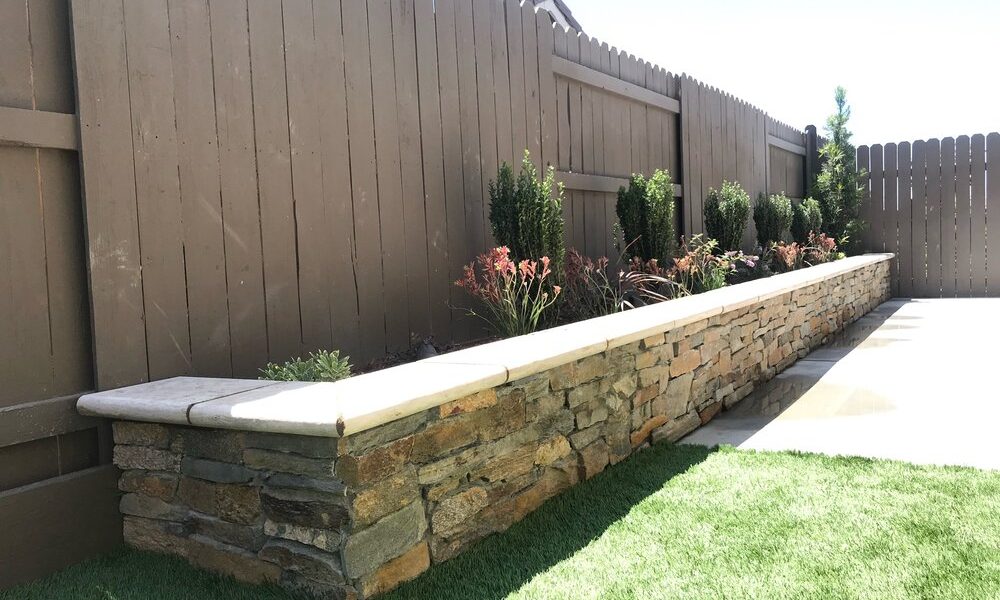The Strength and Weakness of Retaining Walls
Retaining walls are largely used as a sort of framework around a base. They are sometimes used to store dirt, and other items like sand or gravel. When they’re built properly they’ll provide years of support for no additional cost. These walls may also be used as a means of diverting water away from the foundation. The quantity of dirt a wall may retain depends upon many factors.
The Strength and Weakness of Retaining Walls

Mechanical Stabilized Earth Retaining Wall Systems is the most popular form. They are the simplest to install and the cheapest to buy. Mechanical systems include a string of steel pipes and concrete panels that are reinforced by concrete or steel. They can be made to be low care or to adapt any foundation height and size.
The Strength and Weakness of Retaining Walls
This system is made up of retainer wall along with a coating of soil behind it. The retainer wall is sloped towards the bottom of the hill. The dirt supporting the retaining wall is known as the grading membrane. When the grade membrane is sloped toward the back of the house, the incline will force the soil behind the retaining wall to move towards your home. This will cause the soil to compact and push the retaining wall down. While this occurs the retaining wall will hold the soil in place and it won’t move.
The Strength and Weakness of Retaining Walls
This type of layout uses more metal than any other sort of structural framing. Some of the materials used for reinforcing the concrete are mild steel, cold rolled steel, sheet iron, and cold rolled steel tubing. The concrete used in this kind of structure is specially treated to withstand corrosive conditions. It’s also very important that all the dirt behind the retaining walls is properly brushed and removed before anything is laid on top of the walls. This may prevent acids and alkali from leeching into the cement.
Another type of layout utilizes what’s called a gravity retaining wall. This is a version on gravity retaining walls. This type of design requires the use of steel reinforcement across the top and bottom of the wall socket. Usually the top and bottom of the wall are all reinforced with cast-in steel bars that are glued or nailed to the surface of the concrete. Sometimes reinforcement is integrated into the concrete with pipes which are embedded deep into the concrete.
Other kinds of structural framing use what’s called mechanical stabilized earth retaining walls. These types of structures are built by combining the characteristics of a pressure wall using the features of a gravity wall. The first characteristic of these systems is that they require very heavy aggregates to support the weight of the concrete and the second characteristic is they don’t utilize conventional reinforcement like concrete. The cubes in the structure are typically manufactured using a pressurized forming process and the blocks are built into what are known as”plug-in fittings”.
Some examples of such components are slabs or blocks that have been welded together. Such welded blocks can be utilized as footing, ladders, and tiebacks. Another example of a footing used as a Retaining Wall is exactly what are known as anchor blocks. These comprise of a string of hollow blocks that are placed at various heights depending on what has to be anchored into the ground. Anchor blocks are usually engineered to keep them from being blown off by strong winds.
In summary, Retaining Walls provide a safe and efficacious approach to build and fortify buildings. Their main feature is the ability to maintain the burden of the concrete after the concrete has cured. Their use also decreases the time required for constructing the structure. The major downside of Retaining Walls is that they can be costly and that they are sometimes hard to construct. One method to alleviate these problems is to build them using a concrete cube base that makes them easier to install.
